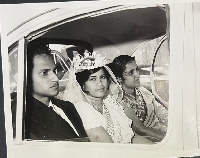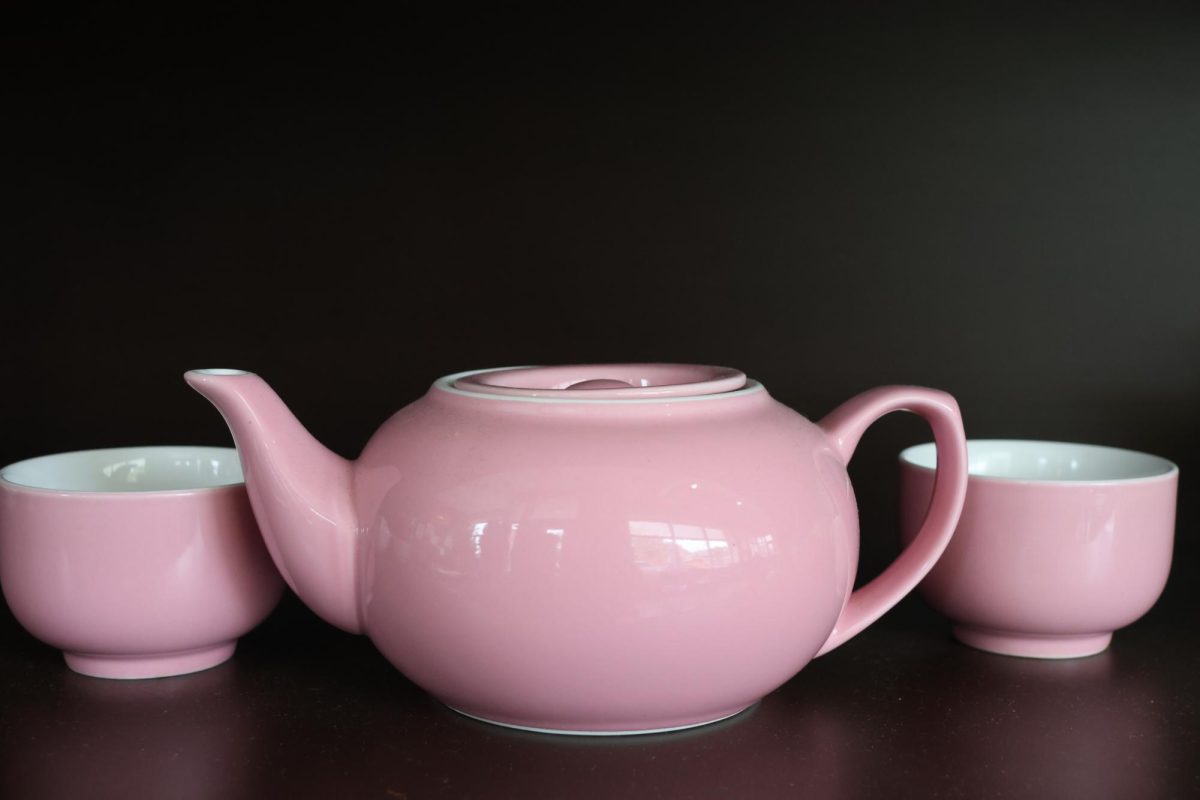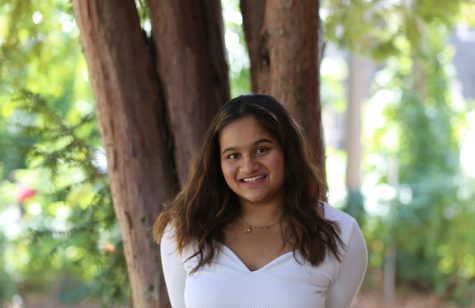Dust filled the air as I, Isabella Jacob, retrieved my grandparents’ wedding album. My grandma pointed to a tall, frightened looking man with an army sized family surrounding him. She told us the story of how she met him, her future husband, a few days before they got married. A Hollywood romance or the concept of falling in love was foreign to her as she retold the story. My grandmother’s family had a stack of paper, all containing potential suitors for their eldest daughter, and they noticed my grandfather spoke English.
Since my grandmother had already immigrated to America, they thought he would have an easier time getting a well paying job in the states. This sole skill was the basis of why my grandparents got married; It was a decision made to help the success and hopefully finances of the family. Love, compatibility and the feelings of the bride and groom were not in consideration.
Today, they’ve been married for over 50 years.
The start of the story though is often what’s hidden, my grandmother never wanted to get married. Since she was the eldest of her family her parents worried if she didn’t get married it would tarnish the reputation of the family.
A major contribution to the continuation of the system of arranged marriages is rooted in upholding a “reputation” of a family that disproportionately affects women to this day. This outdated system continues to place sexist social standards over the well being of women and is used as a system of class reproduction in South Asia and the diaspora.
Arranged marriages have been a part of South Asian culture for centuries. Many historians believe that arranged marriages in the South Asian subcontinent started in around the fourth century when Vedic religions started to lose their stronghold to more classic forms of Hinduism. Rather than deciding your future partner by yourself, arranged marriages incorporate a family into deciding. Traditionally, their priorities for compatibility value caste, appearance and social and economic status rather than personality and interests. Social determinants affect whom your child can marry.
Couples who belong to marginalized communities are disproportionately affected by the negative impacts of arranged marriages. According to a study published in the Indian Journal Of Community Medicine, 39% of women reported they were abused. Women who have a lower household income, illiterate or belong to a lower caste are at a higher risk of experiencing domestic violence.
For others, arranged marriages have started to adapt in a technologically interconnected and advanced world. In the past, parents in India made nearly all of the decisions in regard to their children’s arranged marriages — from partners to wedding plans to living arrangements. Now, individuals exercise significant autonomy in the marriage process. Many matches are made by parents and their children through online marriage sites. While it is essential to differentiate between modern and historical, often repressive arranged marriage, the issue of social reproduction persists today. Even through modern arranged marriage sites, families take into consideration a plethora of factors about a prospective partner.
According to an article by CNN, “Matrimonial sites function in a similar way to dating sites, encouraging users to post their personal information to find a match…Occupation, income, religion and caste are all listed. For women, the post might also specify their weight, body type and complexion.”
Factors like race, religion and class often play a large role in matchmaking. For example, Hinduism is built on a system of castes, a pyramid of hereditary social classes that determine one’s status. Families often avoid partners in lower castes than their own. In fact, according to an article in the Harvard Political Reviews, around 90% of South-Asian marriages take place within one’s own caste. This system maintains a long standing social hierarchy that preserves prejudice and oppression of lower castes.
Though racial diversity as well as other types of diversity within a marriage are essential to societal progress, it is important to consider how arranged marriage works well in some cases.
For example, the expectation in an arranged marriage is to adapt to one another. Instead of the Western model of “fairy tale love”, family comes first and love comes second. According to an article by The Times of India, “When you are in love with someone and wish to choose them as your life partner, you need to make many compromises. Love marriages demand give and take and you will have to sacrifice many things to meet the expectations of your lover to facilitate the marriage union.” The expectation that your partner should be your sole support system is much less with arranged marriage. Instead, partners often rely heavily on family support, making smaller acts of service or empathy from your partner feel more significant.
Though the system of arranged marriage started and continues to be used as a system of social reproduction, it has also evolved into a family system that often supports women in India who are increasingly working outside the home to have built-in support not often found in Western culture. Modern arranged marriage asks us to question how we choose partners and the needs we have not just in relationship but to raise a family successfully. It is true that individuals exercise greater autonomy finding a match now than ever before, however, the risk of forced marriage does still exist today, particularly within lower income communities. Perhaps, modern arranged marriage simply perpetuates the idea of marriage as a system of social reproduction and refusal to break traditional values more explicitly than love marriage, both being institutions of patriarchy.











